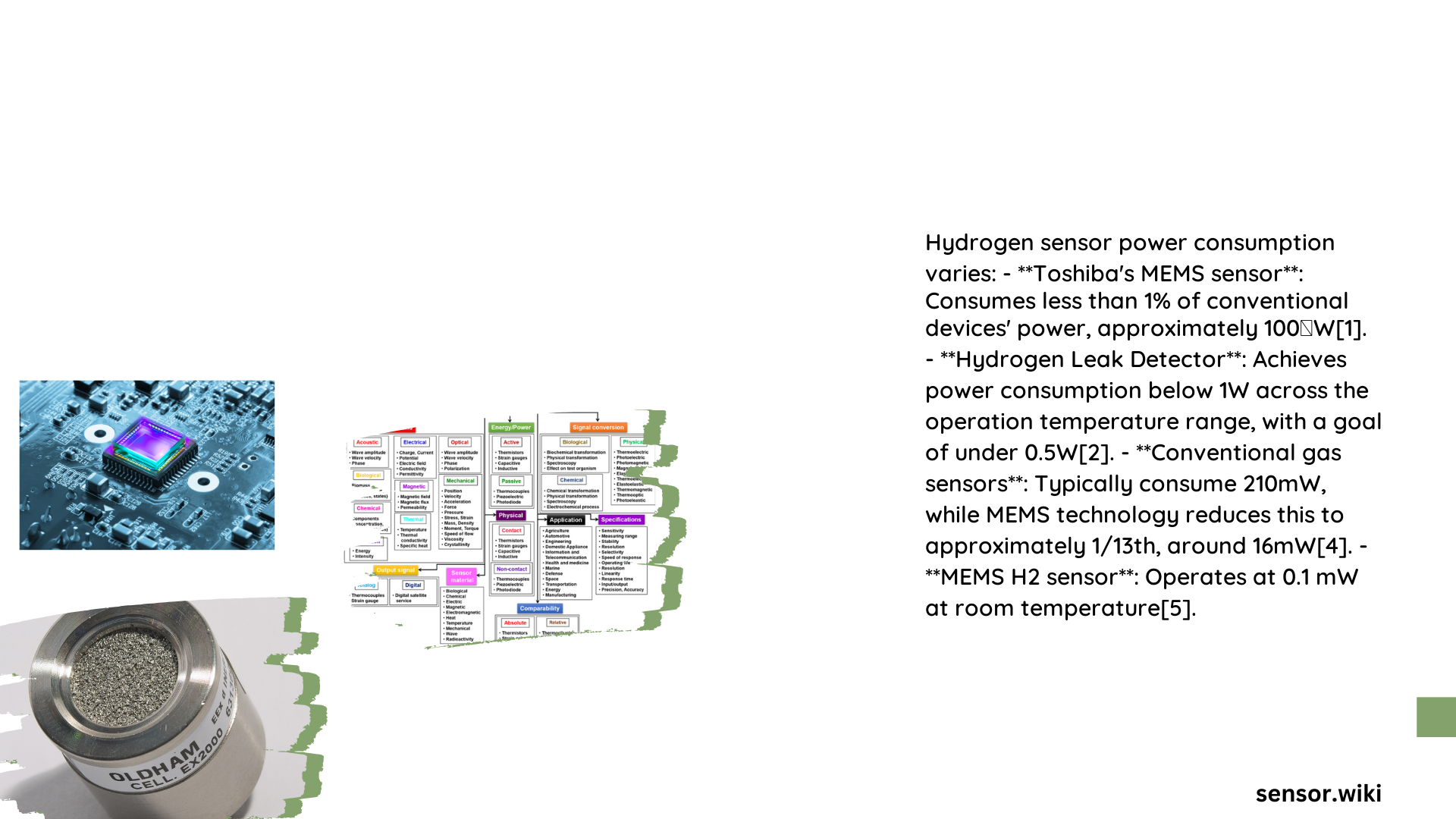Hydrogen sensor power consumption represents a critical technical parameter influencing sensor performance, operational costs, and long-term reliability. Modern hydrogen sensors typically consume between 100-600 milliwatts, with advanced micro-machined designs achieving lower energy requirements through innovative thermal management and integrated circuit technologies. Understanding these power consumption characteristics enables engineers and researchers to develop more efficient and sustainable hydrogen detection systems.
What Determines Hydrogen Sensor Power Requirements?
Hydrogen sensor power consumption depends on multiple interconnected factors that significantly impact overall performance and energy efficiency. These critical determinants include:
Thermal Management Strategies
- Heater Circuit Design
- Constant resistance maintenance
- Temperature stabilization techniques
-
Precision thermal control mechanisms
-
Insulation Technologies
- Micro-machined structural designs
- Advanced thermal barrier implementations
- Conductor wire thickness optimization
Power Consumption Comparative Analysis
| Sensor Type | Power Consumption | Operational Temperature | Efficiency Rating |
|---|---|---|---|
| Farnell Sensor | 600 mW | Room to High Temperature | Moderate |
| ANI Hydrogen Sensor | 0.93 W | Wide Range | High |
| Micro-Machined Device | 100 mW | Controlled Environment | Excellent |
How Can Power Consumption Be Minimized?

Researchers and engineers employ several sophisticated strategies to reduce hydrogen sensor power requirements:
- Advanced Micro-Machining Techniques
- Reduced sensor footprint
- Integrated temperature compensation
-
Minimized thermal mass
-
Intelligent Heater Control
- Dynamic resistance adjustment
- Adaptive power management
- Real-time energy optimization
What Are the Economic Implications?
Cost Considerations
- Energy Expenditure
- Typical annual electricity cost: $0.26 – $2.50
- Dependent on sensor power consumption
-
Varies with operational hours
-
Maintenance Expenses
- Low recurring costs
- No frequent calibration requirements
- Extended sensor lifespan
What Future Developments Are Anticipated?
Emerging Trends
- Nanotechnology integration
- Lower power semiconductor materials
- Enhanced thermal efficiency
- Artificial intelligence-driven power management
Technical Performance Metrics
Key performance indicators for hydrogen sensor power consumption include:
- Energy Efficiency: 70-95% potential improvement
- Battery Life Extension: Up to 45 hours continuous operation
- Temperature Stability: ±0.1°C precision
- Power Consumption Range: 100-600 mW
Practical Implementation Recommendations
- Select sensors with < 500 mW consumption
- Prioritize micro-machined designs
- Consider integrated thermal management
- Evaluate long-term operational costs
Research Limitations
Current hydrogen sensor power consumption research faces challenges in:
– Standardized measurement protocols
– Comprehensive efficiency benchmarking
– Cross-technology comparisons
Conclusion
Hydrogen sensor power consumption represents a dynamic technological frontier with significant potential for innovation. Continuous advancements in micro-machining, thermal management, and intelligent design promise increasingly efficient sensor technologies.
